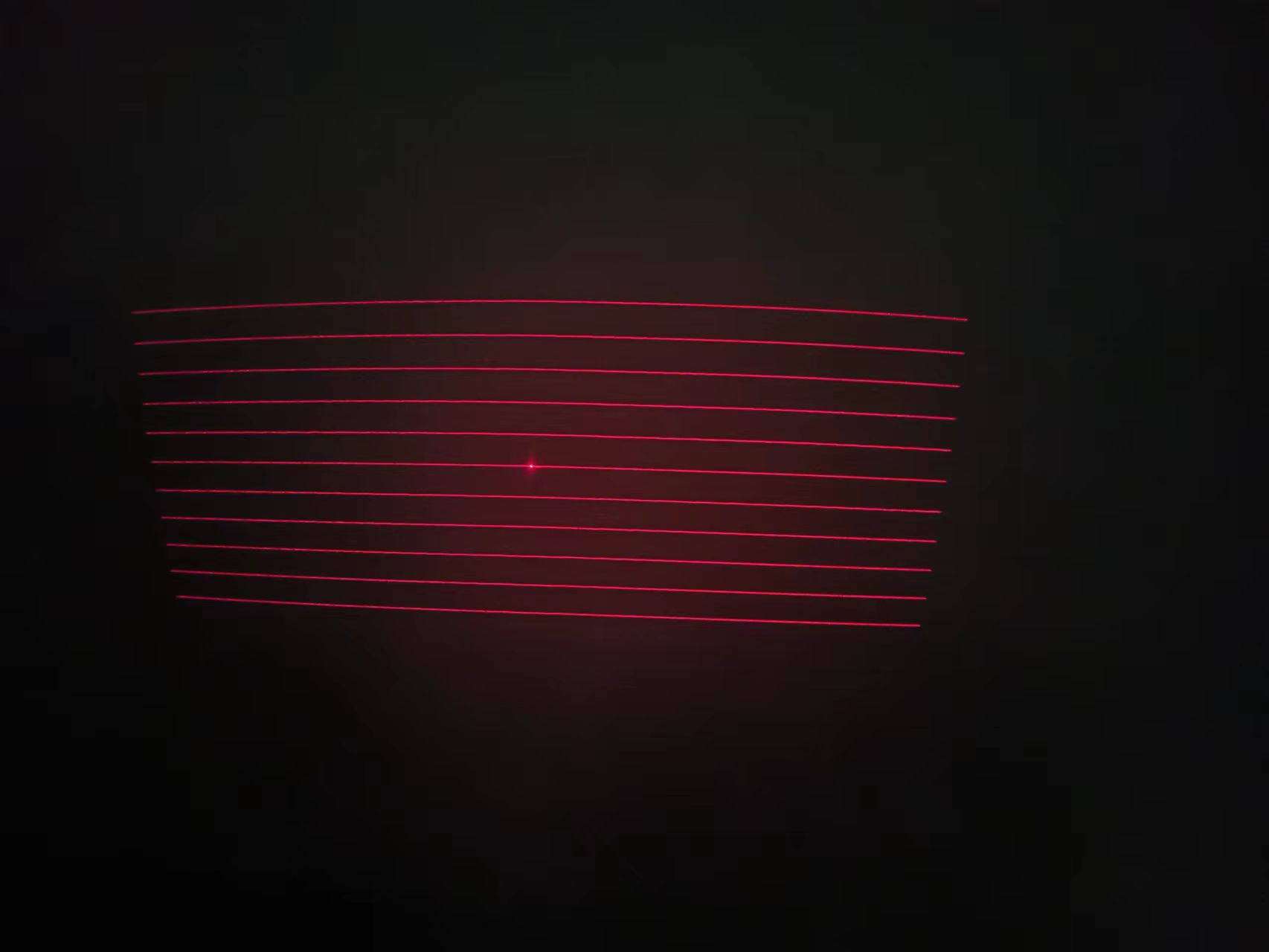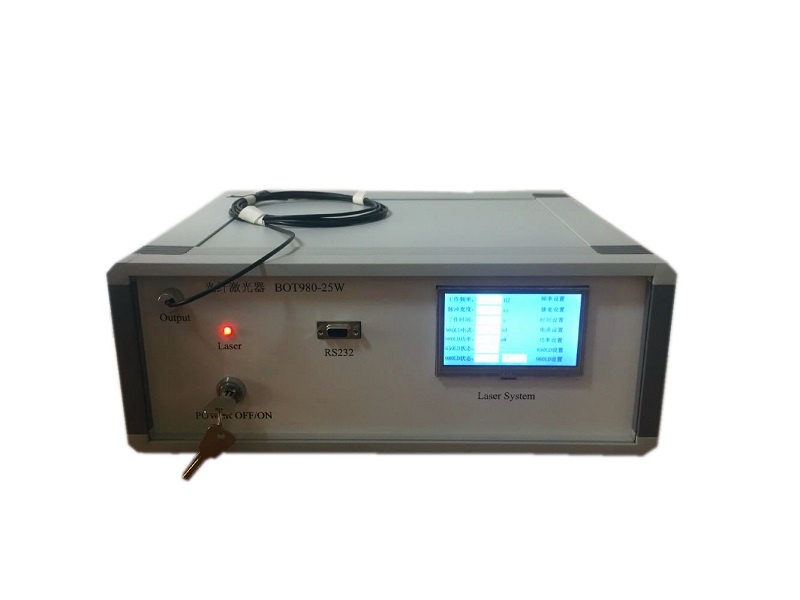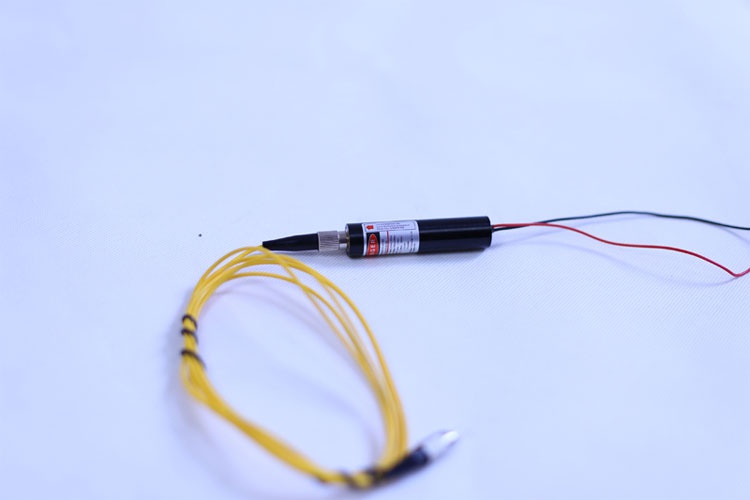1. Introduction
Fiber-coupled semiconductor lasers are widely used in various fields due to their small size, good beam quality, long life and stable performance. They are mainly used as pump sources for fiber lasers and solid laser pump sources, and can also be directly used in laser medicine. Material processing such as cladding, welding and other fields. Affected by the development trend of fiber lasers towards high power, semiconductor lasers are also developing towards high power and high brightness. High-brightness semiconductor lasers have high optical power density, and beam combining by a beam combiner has also become an ideal choice for high-power fiber lasers. Pump source. At present, the main structures of fiber-coupled semiconductor lasers include single-tube coupled lasers, multiple single-tube coupled lasers, mini Bar and Bar/stacked array series. Multiple single-tube coupled lasers have become one of the mainstream pump sources for fiber lasers because of their high reliability. 1. This article mainly introduces the technology and implementation of high-brightness semiconductor lasers through multi-single tube fiber coupling technology.
2. Multi-single tube structure
The multi-single tube structure is to shape, rearrange, and combine the beams emitted by multiple discrete semiconductor lasers into a single optical fiber, thereby increasing the laser output power. Since discrete semiconductor laser chips must be mounted on a heat sink of a certain size, if the output beams of multiple semiconductor lasers are directly arranged and focused and coupled, the combined beam volume is usually relatively large due to limitations of the volume of each chip and its heat sink. Large, it is difficult to obtain optical fiber coupling output with small core diameter and high brightness. In order to reduce the spatial volume of the combined beam, certain measures must be taken. To this end, the multi-single-tube coupling structure independently developed by Keplin uses stepped heat sinks, focusing lenses, coupling optical fibers and unique installation methods. The optical path design simplifies the complexity of the structure, reduces the volume of the components, and greatly improves the efficiency of semiconductors. The power output by the laser also ensures a reasonable operating temperature of the coupling point, as shown in Figure 1.
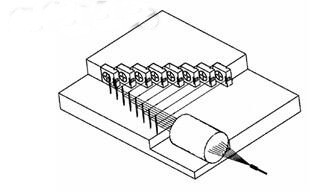
The discrete semiconductor laser chips can be aged and screened before coupling multiple single tubes, thereby ensuring the reliability after coupling multiple single tubes. The random failure characteristics of a single tube are independent. Compared with bar bars and stacked arrays, there is no thermal effect interference. The replaceability of a single tube also increases its durability and has a higher cost
3. Fiber coupling
In order to achieve high brightness and high power output, the number of simultaneously coupled single-tube semiconductor lasers can be increased to ensure higher output power. However, three conditions must be met to couple the combined laser beam into a single optical fiber: First, the light spot The maximum diameter is smaller than the core diameter of the fiber; second, the divergence angle of the beam is smaller than the angle corresponding to the numerical aperture of the fiber; third, the beam parameter product (BPP, the product of the beam waist radius and the half angle of the divergence angle) of the fast and slow axes of the laser must be less than Fiber beam parameter product. Right now
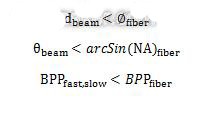
However, in practical applications, only the square area in the center of the optical fiber is the usable area, as shown in Figure 2, and the coupled beam cross section is shown in Figure 3.

Figure 2 shows the available area of the fiber during fiber coupling.
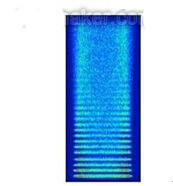
Figure 3 is a cross-sectional view of the beam in the optical fiber
For an optical fiber with a core diameter of 200μm and a numerical aperture of 0.22, its BPP value is 22mm mad. The maximum BPP value of the coupled semiconductor laser beam is:

Taking the laser beam data output by a single chip of a 9xxnm semiconductor laser as an example, the slow-axis beam waist diameter is 95 μm, the divergence half angle is 10° (99% of the energy), and the beam parameter product is approximately 8.3 mm mrad; the fast-axis beam waist diameter 1.5μm, the divergence half angle is 39° (99%), and the beam parameter product is approximately 0.51mm mrad. After software simulation, theoretically 28 laser beams can be coupled into a 200μm/0.22NA optical fiber. At present, after years of technology accumulation, the maximum number of coupled discrete semiconductor lasers for Keplin's 9xxnm high-brightness fiber-coupled semiconductor lasers can reach up to 20.
4. Conclusion and outlook
This article introduces a multi-single tube coupling structure and a calculation method to achieve high-brightness laser output. In the field of high-brightness semiconductor lasers, multi-single tube fiber coupling technology is widely used in 9xxnm, 793nm, 808nm and other wavelength lasers, respectively as ytterbium-doped Pump sources for fiber lasers, thulium-doped fiber lasers and neodymium-doped solid-state lasers; different power levels of 10W-200W can correspond to fiber laser applications with various working modes and power requirements. In the future, Caplin will achieve higher brightness fiber-coupled semiconductor lasers by adding polarization combining, multi-wavelength combining and other methods, and provide more products and services to high-power fiber laser users.



